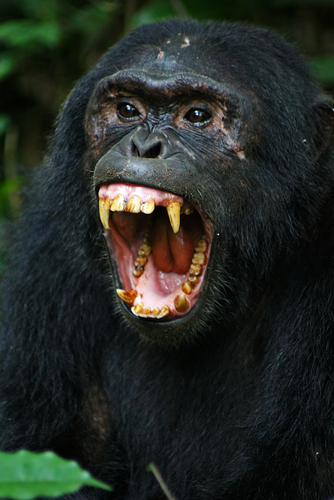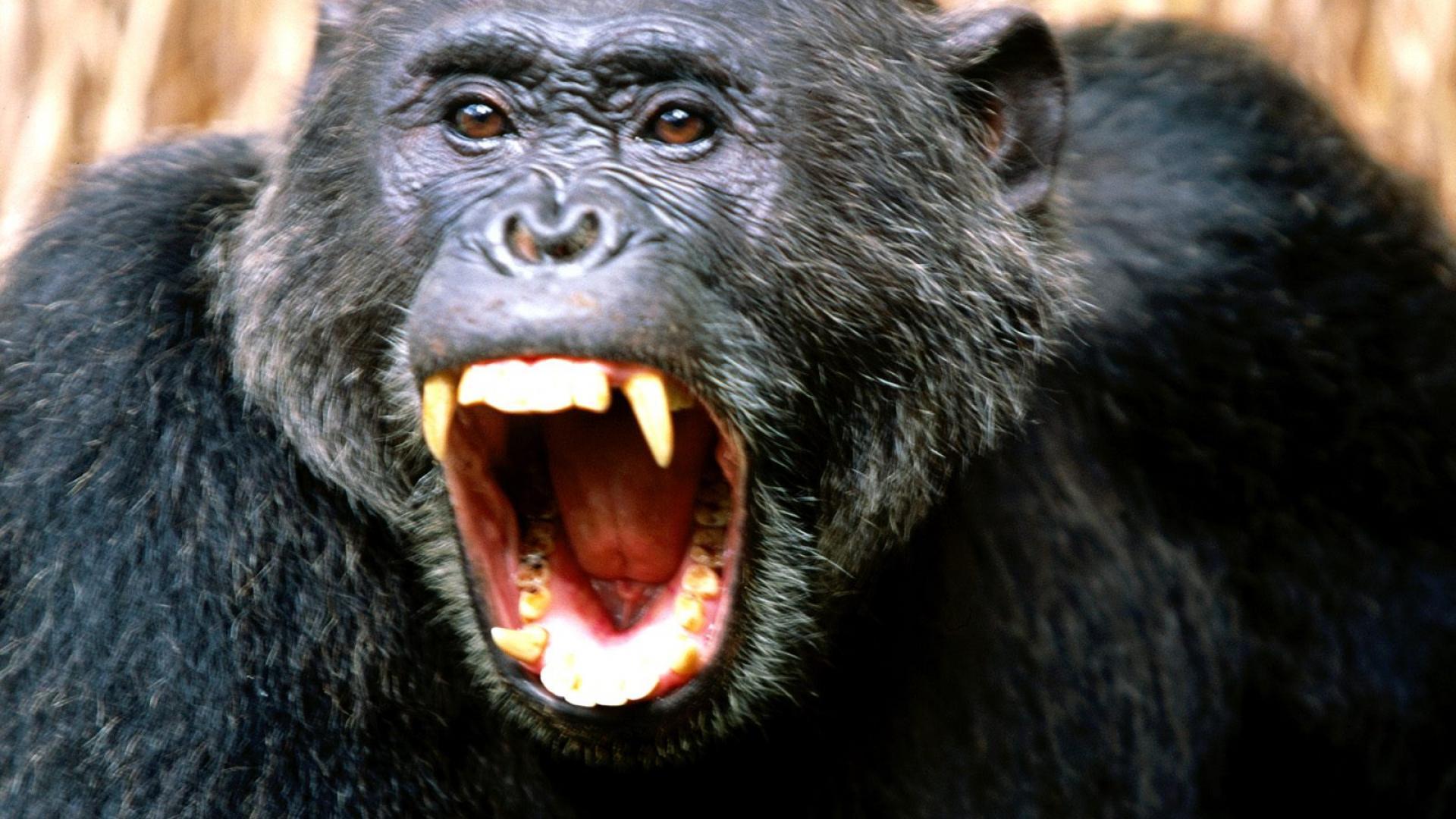

The cranial fragments are a piece of thick frontal bone representing an area absent in the first specimen and a part of a somewhat thinner occipital bone that duplicates an area recovered in the first find. These form the so-called Piltdown II skull. Early in 1917, Smith Woodward announced the discovery of two pieces of a second human skull and a molar tooth. All these remains constitute the find that is known as Piltdown I.ĭawson died in 1916. Continued search of the gravel pit yielded, during the summer of 1913, two human nasal bones and fragments of a turbinate bone (found by Dawson), and an apelike canine tooth (found by the distinguished archeologist, Father Teilhard de Chardin).

Together, during the following spring (1912), the two men made a systematic search of the undisturbed gravel pit and the surrounding spoil heaps their labors resulted in the discovery of additional pieces of bone, comprising together with the fragments earlier recovered by Dawsonthe larger part of a remarkably thick human cranium or brain case and the right half of an apelike mandible or lower jaw with two molar teeth in situ. His discoveries aroused the interest of Sir Arthur Smith Woodward, the eminent paleontologist of the British Museum.


Continuing his search of the gravel pit, Dawson found, in the autumn of 1911, another and larger piece of the same skull, belonging to the frontal region. Inquiring there for fossils, he enlisted the interest of the workmen, one of whom, some time later, handed Dawson a piece of an unusually thick human parietal bone. These flints he subsequently learned had come from a gravel pit (that turned out to be of Pleistocene age) in a neighboring farm. One day, in 1908, while walking along a farm road close to nearby Piltdown Common, he noticed that the road had been repaired with peculiar brown flints unusual to that region. To place this astounding and inexplicable hoax in its proper setting, some account of the facts surrounding the discovery of the skull and of the ensuing controversy seems in order.Ĭharles Dawson was a lawyer and an amateur antiquarian who lived in Lewes, Sussex. Ever since its discovery, the skull of "Piltdown man"termed by its enthusiastic supporters the "dawn man" and the "earliest Englishman"has been a veritable bone of contention. Le Gros Clark 2 recently announced that careful study had proved the famous Piltdown skull to be compounded of both recent and fossil bones, so that it is in part a deliberate fraud, one of the greatest of all anthropological controversies came to an end. DOI: 10.Annual Report of the Board of Regents of the Smithsonian Institution 1955 The researchers suggest that the isolated activities of the chimp in the video might offer some clues as to how mortuary rituals began in humans. They also have no idea to what degree chimps understand death. But scientists have not been able to prove that chimps feel grief, or a similar emotion. It is impossible to know the motives of the older chimp, of course, though it is easy to apply human emotions to the scene shown in the video-it looks like a grieving mother. The researchers note that as the older chimp removed the dental debris, she placed it in her own mouth, perhaps in an attempt to understand why her son had died. Another younger female chimp, the daughter of the older female sat nearby watching. She then removed a piece of straw from her mouth and began using it to remove bits of debris from between the teeth of the deceased chimp. They report also that prior to the teeth cleaning, the older chimp had cradled her adopted son's head in her hands as she examined his teeth. The deceased chimp had been orphaned four years before and was subsequently adopted by the older female. The researchers report that the chimps involved were living in the wild at Chimfunshi Wildlife Orphanage Trust in Zambia and that the deceased young male chimp appeared to have died due to a lung infection. But never before has a chimp been observed tending to the teeth of a deceased member of their group. Chimps have also been observed brushing the fur of dead group members. Besides serving as a hygienic practice, it is believed to be a bonding ritual as it typically occurs between those that are seen to be close to one another. Chimps have been observed cleaning one another's teeth on multiple occasions.


 0 kommentar(er)
0 kommentar(er)
